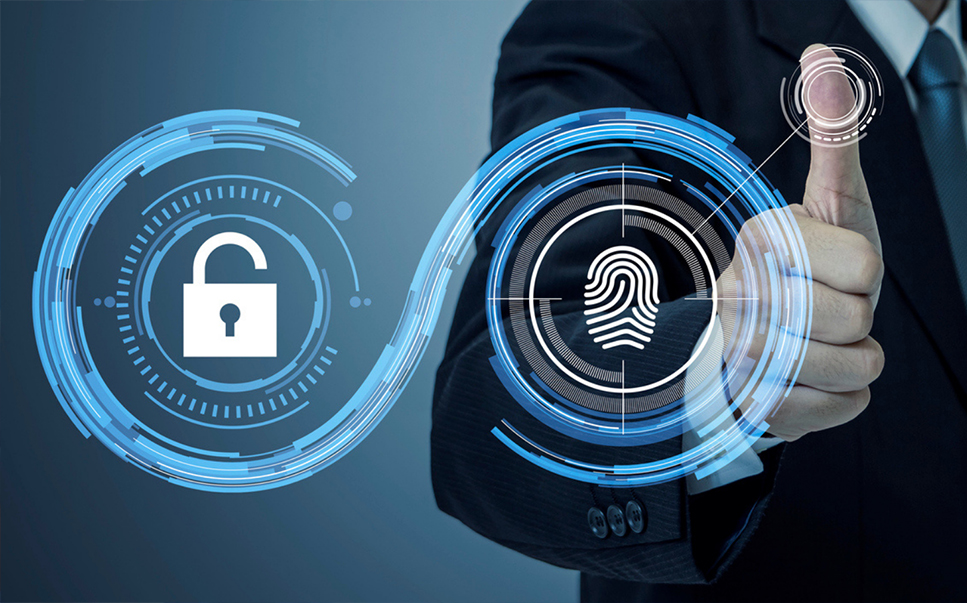Biometrics is quickly becoming a large part of our everyday. Financial institutions in particular have been progressively replacing traditional security systems with biometrics technology such as fingerprint sensors, facia recognition, and voice recognition.
Biometric technology is an automatic or computerized technique that plays a vital role in security and recognition. It gives advanced recognition or authentication way instead of traditional methods like passwords, pin codes, etc. Additionally, it also provides secure and sustainable security benefits to banks and their customers and helps to keep information protected from any fraudulent activity.
Let’s look at ways that banks and financial service providers can use biometric technology to improve develop next-generation identification controls that combat fraud, make transactions more secure, and enhance the customer experience.
Biometrics in branch banking
Using a fingerprint, facial, or Iris in branches of financial service institutions delivers fast results in biometric authentication even in the busiest branches of a bank. When customers visit branches, they can be authenticated at the counter through fingerprint, facial, or Iris that match the customer’s existing biometric template within the bank database, and after successful authentication, the customer will be allowed to move forward with their banking transactions.
Biometrics in Banking ATMs
The use of biometrics in banking ATMs is becoming popular in developing countries, and the adoption rate is growing significantly. There are two approaches for customer authentication in ATMs; a customer using only biometrics and a bank card or a PIN along with biometric authentication.
Therefore, facial recognition, fingerprints, and iris recognition are the most suitable in ATMs as these biological traits can be easily authenticated in this environment. Furthermore, these types of biometric modalities also have other advantages such as flexibility, compactness, and accuracy.
Biometrics for Internet Banking
Many computers, laptops, and even smartphones already have webcams, microphones, and fingerprint scanners, offering flexibility for banks to easily adopt biometric authentication in online banking services with fingerprint, facial, and voice recognition.
When customers attempt to access their accounts, some banks now require them to provide a biometric credential first. Some banks require biometric authentication besides the traditional password to make authentication stronger. This helps banking institutions to protect customer identities from being compromised by cybercriminals and any others trying to illegally obtain sensitive customer information to commit a crime.
Biometrics in Mobile Banking
Mobile banking is growing rapidly worldwide. Despite the large number, many bank customers still have a lack of trust over the security of mobile banking platforms and concerns over security.
Banking transactions or customer services could be performed through a voice or speech recognition system where customers need to verify their identity using the microphone in their phones.
In Conclusion, due to the role of customer trust and loyalty in the future success of banks, today’s bank leaders should provide convenient and more secure banking services to customers. Biometric technology, integrated with an existing traditional security system, will empower banks to deploy the highest level of authentication security possible.
By Carolyne Rabut
Content Marketing – CompuLynx




